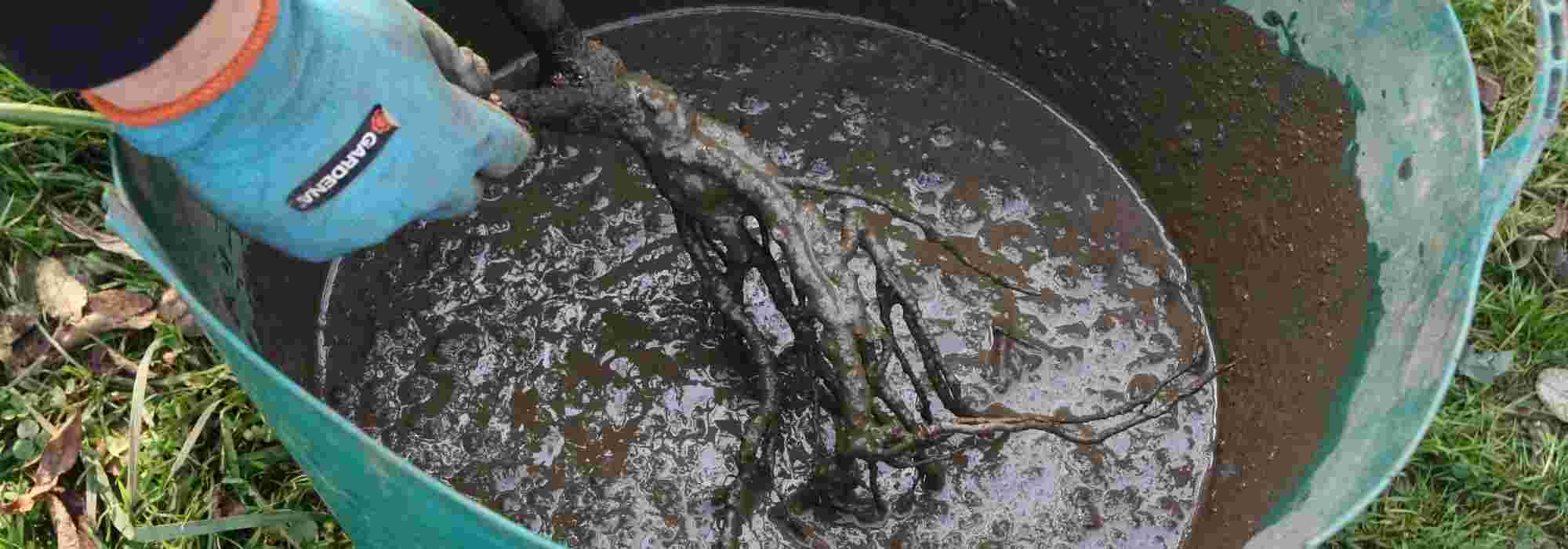
Coat roots of trees and bushes with pralin
Why, how?
Contents
Trees sold as bare roots are more fragile than those offered in containers: before planting, they need pampering to help them settle into their new soil. Pralinage involves coating bare roots of ornamental trees, fruit trees, bushes and roses with a hydrating, protective mixture called pralin, which will encourage good establishment after planting.
Discover, with our fact sheet, benefits of pralinage, when and how to make pralin and how to use it.
What is pralining and what is it used for?
Pralining is the act of pralining, that is, coating roots of trees and bushes in a “pralin”, to protect them from dehydration. This operation is intended for trees and bushes planted as bare roots, which are more fragile than those of plants bought in containers. Their vegetative establishment is more precarious for these plants, which have suffered severe trauma from uprooting. This operation helps stimulate the root system, encouraging plant establishment and preventing roots from drying out too much between initial lifting from the soil and replanting. Pralining roots increases chances of establishment and promotes vigorous root development.
Read also
When and how to transplant roses?Benefits of root pralinising
Pralining is a natural technique with many advantages; it allows:
- Rehydrate bare roots quickly, often slightly dried, before planting by coating them with a hydrating muddy mixture,
- Speed up wound healing caused by uprooting and root pruning before planting: it acts like a healing poultice,
- Encourage production of new rootlets and new roots,
- Encourage formation of beneficial fungi (mycorrhizae) and microorganisms around roots that optimise availability of water and nutrients,
- Prevent harmful air pockets that hinder good plant establishment in its new medium,
- Help establishment by improving contact between roots and soil.
Discover other Shrubs
View all →Available in 0 sizes
Available in 1 sizes
Available in 1 sizes
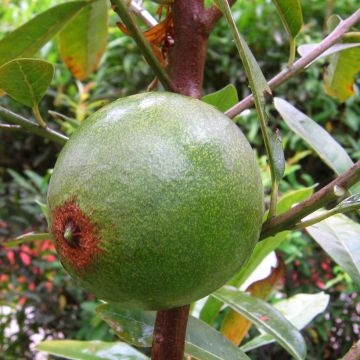
Available in 1 sizes
Available in 1 sizes
Available in 1 sizes
Available in 1 sizes
Available in 1 sizes
Available in 1 sizes
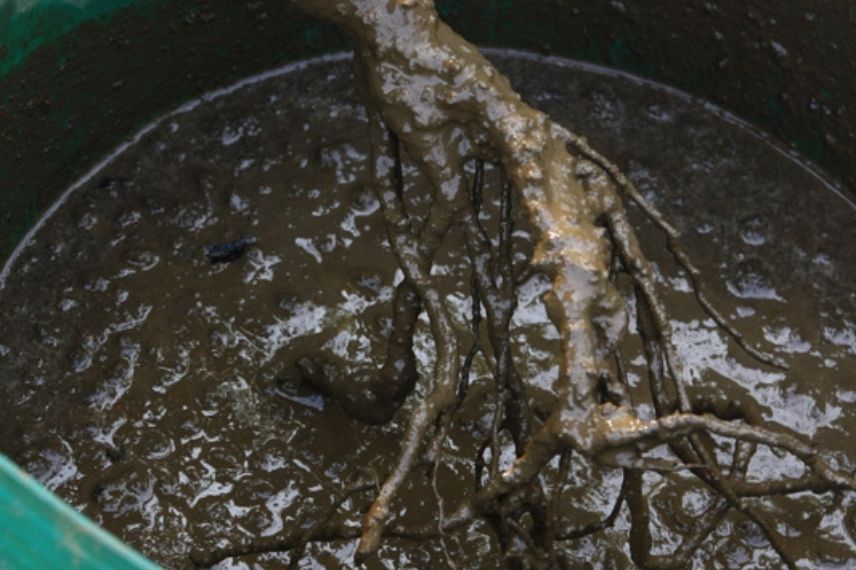
Which plants should be pralinised?
Root-dipping applies to plants sold as bare roots (trees, bushes, fruit trees, soft fruit and vines, rose bushes or even young vegetable plants such as leeks) which are usually planted in autumn.
How to make your own pralin?
You will find ready-to-use pralins packaged in a bucket in our online shop and presented as a powder to mix simply in water (Pralin Or Brun). That said, if you prefer to make it yourself, it is quite easy to prepare your own mix. Classic pralin is a mixture of soil, clay, water (preferably rainwater) and cow dung. Pralinage is carried out as soon as plants are purchased or received.
1. Prepare pralin
Preparation of a homemade pralin is equally simple by following this basic recipe:
- Obtain a large bucket or a large bin
- If you don’t have fresh cow dung to hand, replace it with well-rotted compost, potting compost, composted manure, or fresh horse manure,
- Prepare the mix respecting the following proportions: one part well-crumbled garden soil, one part cow dung or another organic amendment,
- Pour these ingredients into the bucket, mix and gradually add rainwater until you obtain a liquid, fluid mud that is sufficiently sticky and pasty to adhere to roots: the right consistency is that of doughnut batter!
- Let rest for 10 to 20 minutes before placing roots to soak.
→ To improve your pralin, it is possible to add mycorrhizae (forest fungi), a glass of milk, powdered or lump clay, or dolomite powder (a limestone rock rich in magnesium and calcium).
2. Pralin the roots
- Using a pruning shear, shorten by a few centimetres the tips of roots that are too long or damaged,
- Soak roots in the pralin for 24 hours before planting: all should be submerged in the mud.
Find out more:
- Discover the benefits of mycorrhizae for bare-root plantings.
- Subscribe!
- Contents
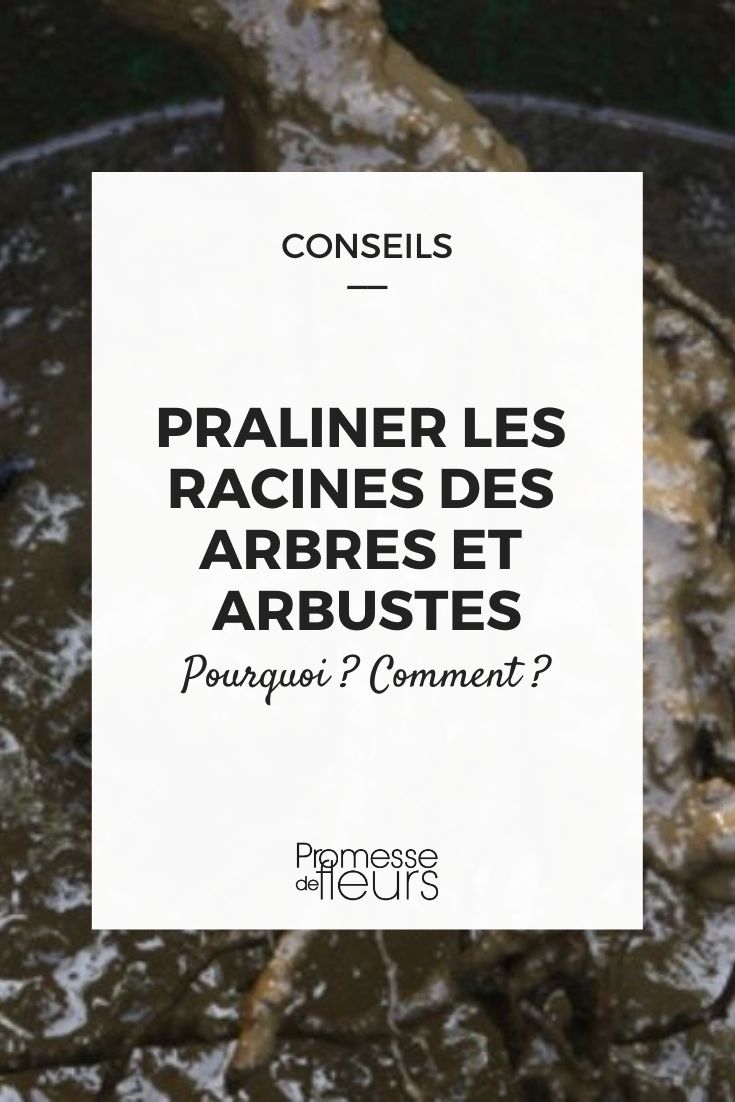
































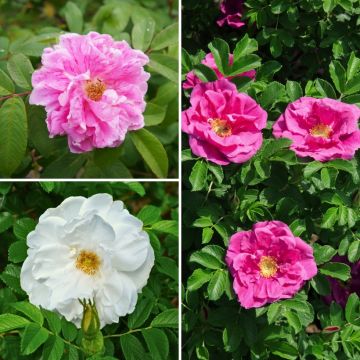
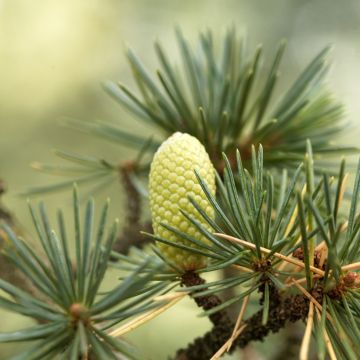
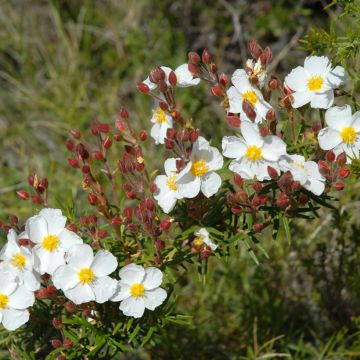
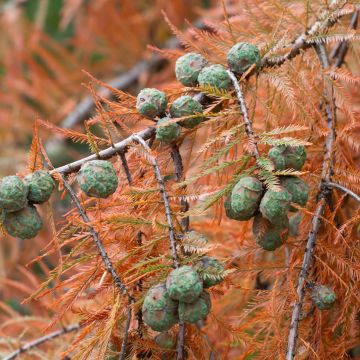
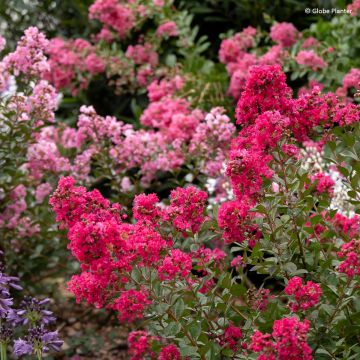
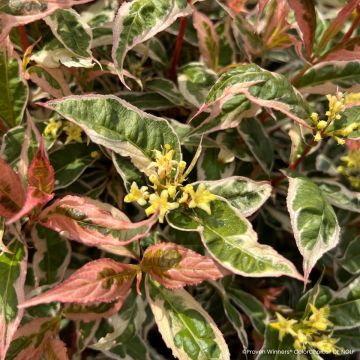
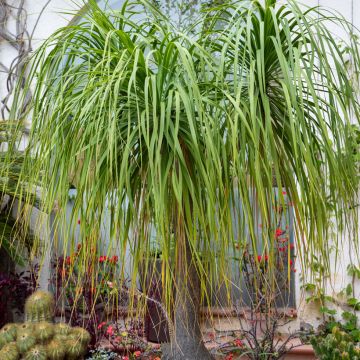
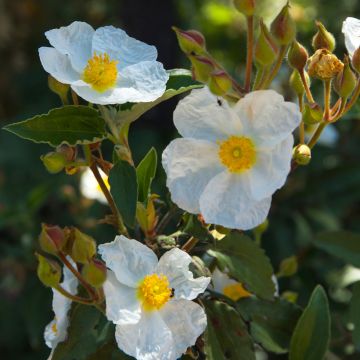
Comments